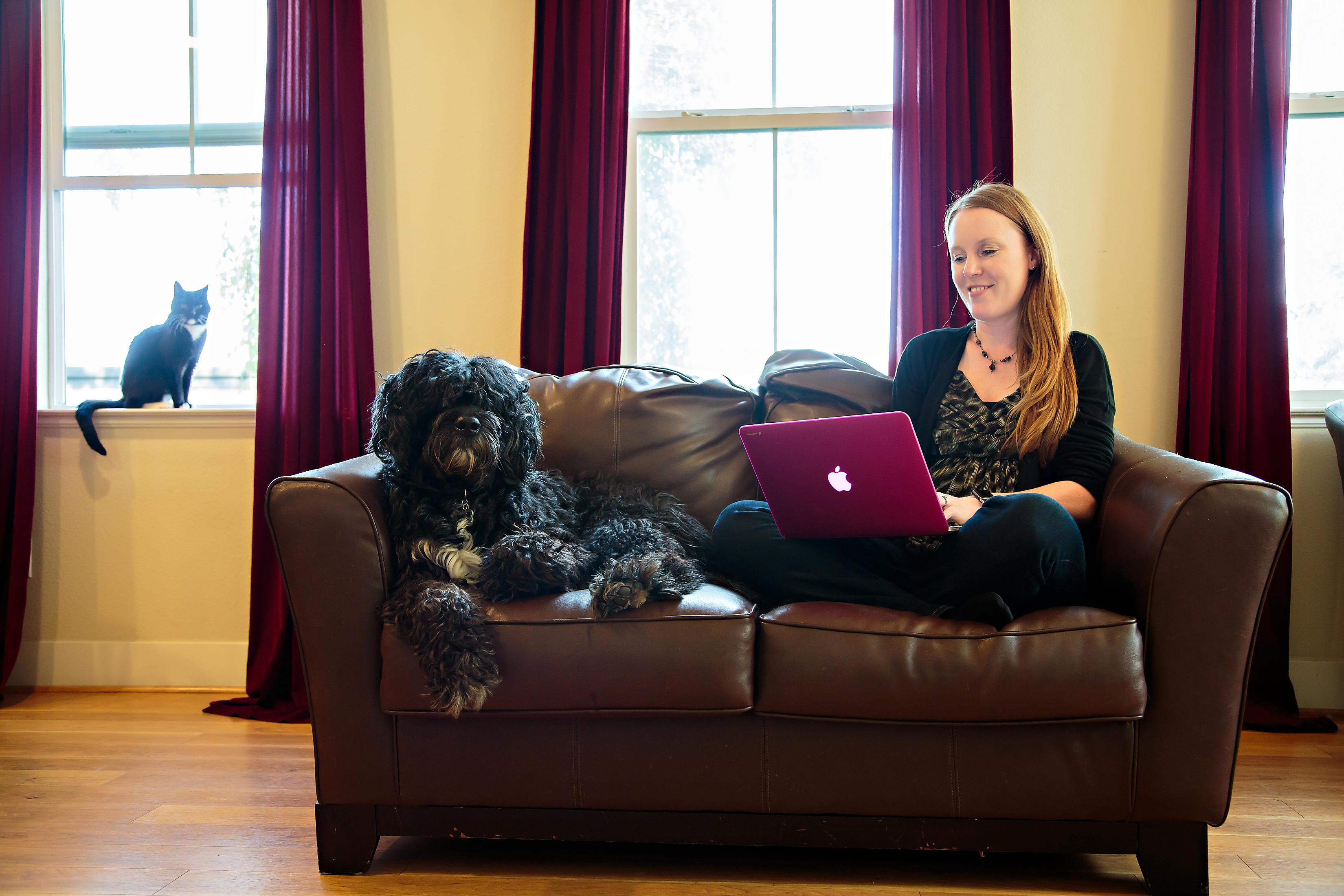The Question Queue
Line up your questions and address them one by one.
Style
Architect
Skill
Applying Feedback
Time
15 minutes
THE CAFE:
The Question Queue
Your keen eye for detail can be an obstacle when finding solutions to story problems. Each change rattles loose a flurry of other changes, and before long, you’re lost in a landslide of questions.
The “But what about …?” monster shuts down creative problem solving sessions. Head that monster off at the pass by breaking the thinking process into steps. First, list all of the problems without coming up with any solutions. Then, put those problems in order. The biggest ones should be tackled first, because often by solving the big ones, the little ones disappear. Then, tackle them one at a time. If new problems come up as you solve, add those new problems to the list wherever they belong in the line-up.

Materials
How to Play
- Feedback
- Blank Sheet of Paper
- Pen
- Index Cards (optional)
NOTE: Once you receive feedback, you may choose to process it with a collaborator, or to take it to a quiet place where you can think it through. Both approaches can be effective as part of your Cafe toolbox.
1. Review the feedback you received. You may have your own notes, written thoughts from someone else, or you might be quickly jotting down feedback you just heard.
2. On a clean piece of paper, list the issues the feedback points out. Write them in whatever order they pop into your head.
3. If you aren’t sure what issue a particular note or question points out, add getting to the bottom of the mystery as a problem on your list.
4. Once your list is complete, go through and rank the items based on which question is biggest. If you have a long list and are having trouble ranking, put each issue on an index card and sort them that way.
5. Keep in mind there is no perfect ranking. Do the best you can, and remember that the ranking process is there to help save you time. You don’t want to solve irrelevant questions that won’t exist once you solve the bigger problems.
6. No matter how unruly each of those problems may seem, insist that they stay in a single file line. Tackle them one by one.
7. In many cases, you might want to ask yourself, “How might I …” and explore the various ways you might solve a problem before settling on a solution. Often the best solution will pop up after you think up some wild, unexpected answers.
8. On the other hand, some problems will have an immediate, easy solution. When that happens, no need to overcomplicate matters.
9. Wrap up your feedback session by creating a plan for how you’ll tackle the issues in an orderly way.
Try On Other Creative Styles
Pin the Heart on the Problem
FOR INVENTORS
List the issues raised and then use “Why …?” to narrow in on the heart of the problem.
And Down the Stretch they Come
FOR SPECIAL AGENTS
Choose the frontrunner issues and tackle them head-on with a quick-listing exercise.
Scramble and Sort
FOR COLLABORATORS
After collecting feedback, scramble and sort it into new categories so the group can help the writer choose a starting place for a revision.





